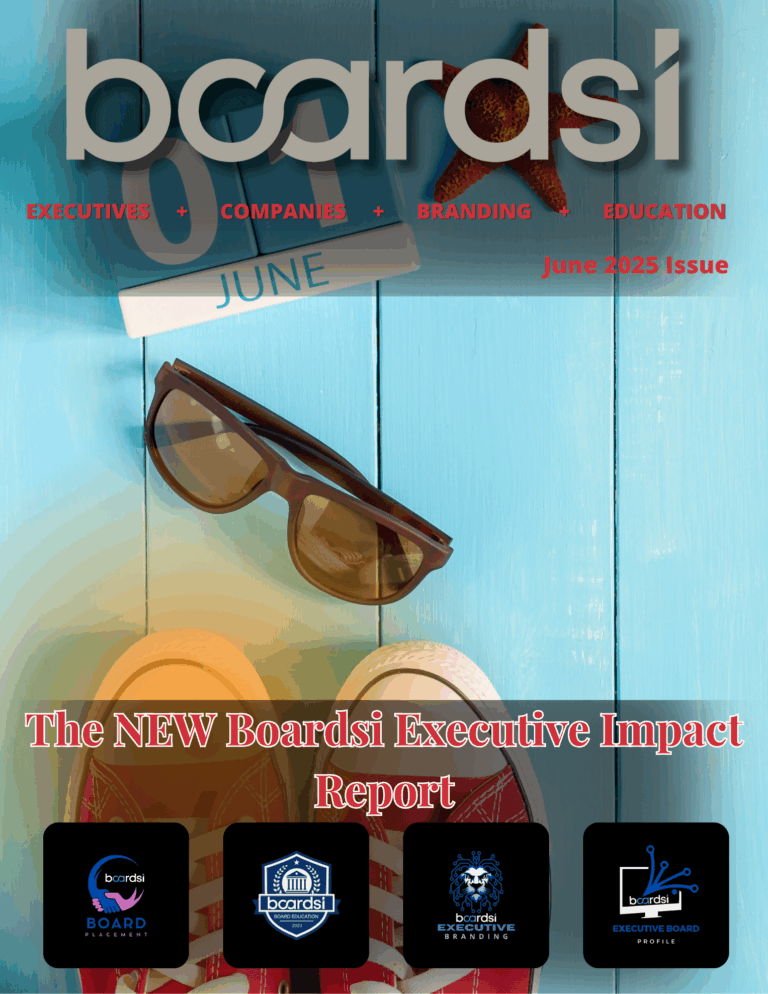For executive board members, networking is not just a professional courtesy, but a strategic imperative. Building strong relationships with peers, industry leaders, and potential partners can unlock a wealth of valuable insights, opportunities, and collaborations, propelling your board and organization towards sustainable success. This guide equips you with actionable strategies to master executive board networking and cultivate a robust and impactful network.
1.Identifying Your Networking Goals:
- Defining Your Objectives: Start by clearly defining your networking goals, whether you aim to gain industry insights, identify potential partners, or build relationships with key stakeholders.
- Prioritizing Target Audiences: Identify your ideal target audiences within the executive board network, considering their expertise, experience, and potential value to your organization.
- Leveraging Boardsi Resources: Explore Boardsi’s extensive resources and events specifically designed to connect board members and foster meaningful networking opportunities.
2. Participating in Industry Events & Conferences:
- Strategic Event Selection: Select industry events and conferences that align with your networking goals and offer opportunities to connect with relevant peers and thought leaders.
- Active Engagement & Participation: Go beyond attending – actively participate in sessions, discussions, and networking events to maximize your connections and visibility.
- Following-Up & Maintaining Relationships: Follow up with individuals you meet after events, expressing your interest in staying connected and fostering long-term relationships.
3. Utilizing Online Platforms & Communities:
- Engaging with Professional Networks: Join online professional networks and communities specifically tailored to board members and industry leaders.
- Sharing Expertise & Insights: Contribute actively to online discussions, share valuable insights, and establish yourself as a thought leader within the community.
- Building Virtual Relationships: Connect with individuals online, initiate conversations, and explore potential collaborations or partnerships.
4. Building One-on-One Relationships:
- Identifying Mentors & Advisors: Seek out mentors and advisors within your network who can offer valuable guidance and support on your board journey.
- Building Strategic Partnerships: Identify potential partners whose expertise and resources can complement your board’s strengths and contribute to achieving shared goals.
- Participating in Board Member Groups: Consider joining board member groups or advisory boards to connect with peers facing similar challenges and opportunities.
5. Maintaining and Cultivating Your Network:
- Regular Communication & Engagement: Stay connected with your network through regular communication, attending events, and offering support and resources when possible.
- Demonstrating Value & Reciprocity: Always strive to provide value to your network, sharing insights, offering recommendations, and reciprocating the support you receive.
- Continuous Learning & Growth: Remain open to continuous learning and growth, actively seeking new opportunities to expand your network and broaden your knowledge base.
By implementing these strategies, leveraging Boardsi’s resources, and fostering a commitment to continuous engagement, you can master executive board networking and build a powerful network that fuels your board’s effectiveness and propels your organization towards long-term success.
#executiveboardnetworking #boardmembernetwork #professionaldevelopment #peerlearning #strategicpartnerships #boardeffectiveness #BoardsI #governance #industryinsights #knowledgesharing#boardengagement #networkingtips #leadershipdevelopment #boardgovernance #boardmemberconnections #corporategrowth #businesssuccess #professionalnetworking #collaboration









